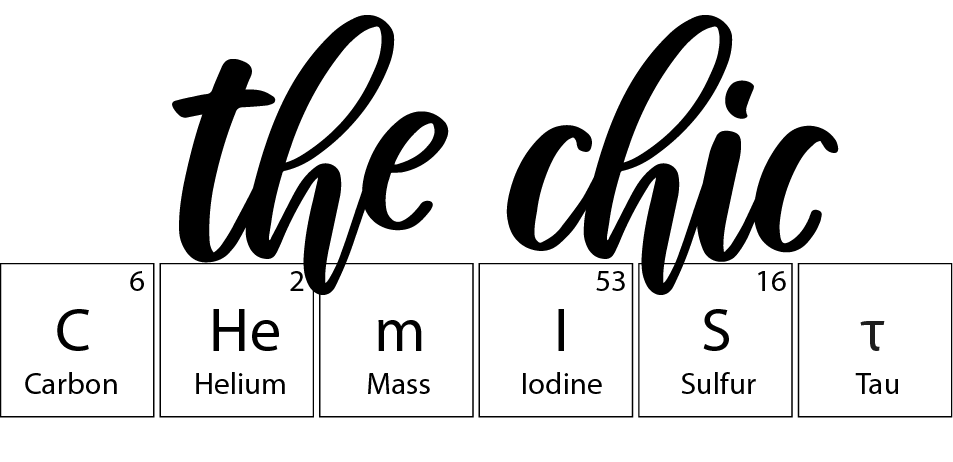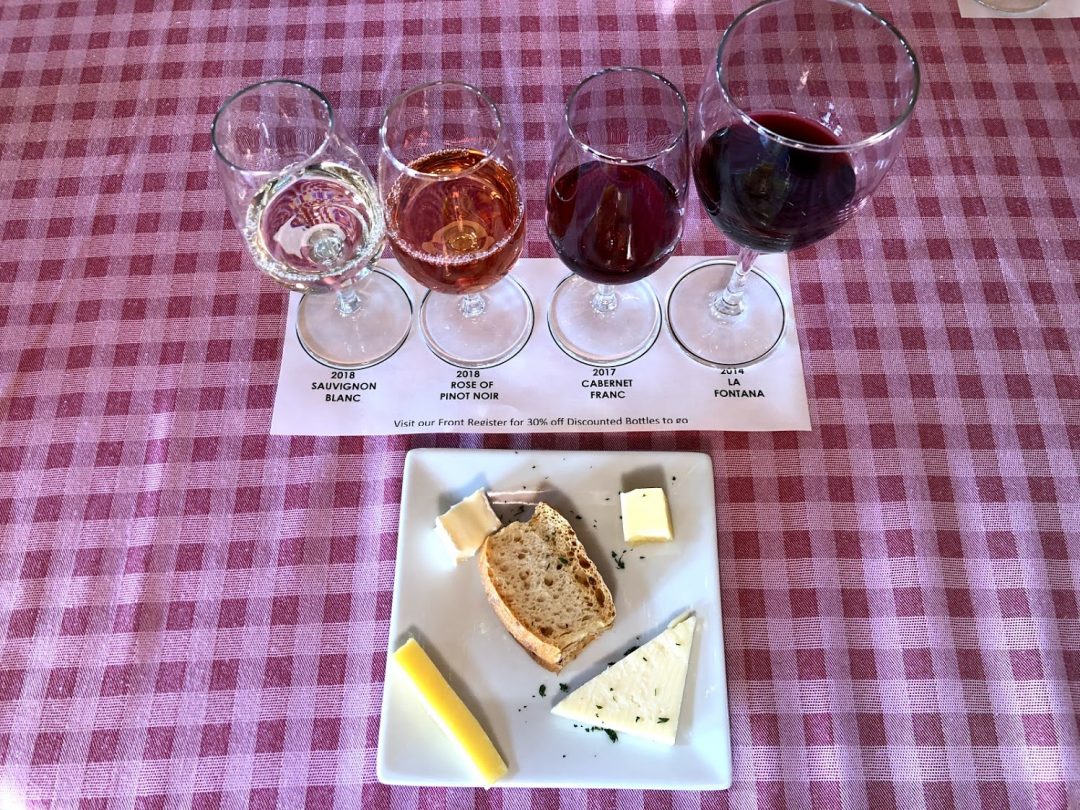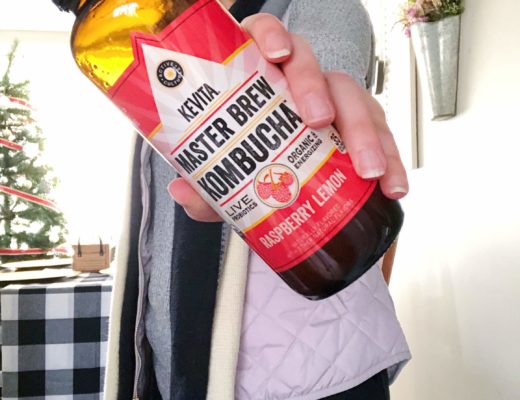Okay so I like most of the planet LOVE cheese! Especially when paired with wine or chips! But how does each type of cheese get their unique flavors?? Don’t be grossed out but it’s all thanks to BACTERIA!!! Crazy right??
Let’s talk bacteria! What is it?! Bacteria are a group of unicellular microorganisms lacking organelles and an organized nucleus with the potential to cause disease. They are usually micrometers in length and come in rods, spheres and spirals. These organisms live in the soil, the ocean, and inside our gastrointestinal tract (gut). When it comes to human bacteria, they sometimes are great but can also cause terrible diseases. For cheese, the bacteria can be chosen and added intentionally by the cheesemaker but there is also bacteria that forms in the cheese during the fermentation process.
So let’s go type by type to see what kinds of bacteria are in the cheese we eat!
Lactic Acid bacteria are added to the milk early in the process that initially induces fermentation. If you’re interested in learning about fermentation go check out my post on wine making. At this stage, the lactose in the milk is converted to lactic acid which acidifies the milk. Most people know these as starter cultures. Lactococci is the starter for cheddar cheese, streptococci is the starter for mozzarella, and lactobacilli is used as the starter for swiss and alpine cheeses.
Adjunct cultures are bacteria that are added for reasons besides to produce lactic acid. They are usually added to promote flavor development. An example is the lactobacillus helveticus in aged gouda that gives it a sweet flavor.
Non starter lactic acid bacteria are picked up in the process of cheesemaking and increase as the starter cultures begin to die off. It isn’t sure what the exact purpose they serve.
Eye formers are used in cheese like swiss, gouda and any others you see holes. The reaction that occurs uses the specific bacteria that converts lactic acid into carbon dioxide, propionic acid, and acetic acid. The holes (otherwise known as eyes) come from the carbon dioxide getting into the cheese.
Molds are interesting because they can be found in cheese or on it. There are two main ones, white and blue.
White molds like penicillium camemberti are the most popular mold species that is responsible for the white “crust” on the outside of camembert and brie. Brie, I found out, is a super popular cheese amongst basically everyone. I, on the other hand, hate it. But to each their own! HOWEVER GOUDA IS THE BEST CHEESE ON THE PLANET. Back to white mold…it gives these cheeses their soft textures and distinct smells.
Blue molds like penicillium roqueforti and penicillium glaucum are the most important. They give bleu cheeses their color (blue), the texture, and flavor. Because these are living and breathing organisms, it is best that they not be starved of oxygen or it will change the metabolism.
There are yeasts in the cheese world also but not as many!
I got to experience an amazing wine and cheese pairing while at girls weekend (post to come) and let me tell you I love Asiago so so much which is what inspired me to write this post! I’d love to know what you love about cheese and which is your favorite!
Xox, Z




